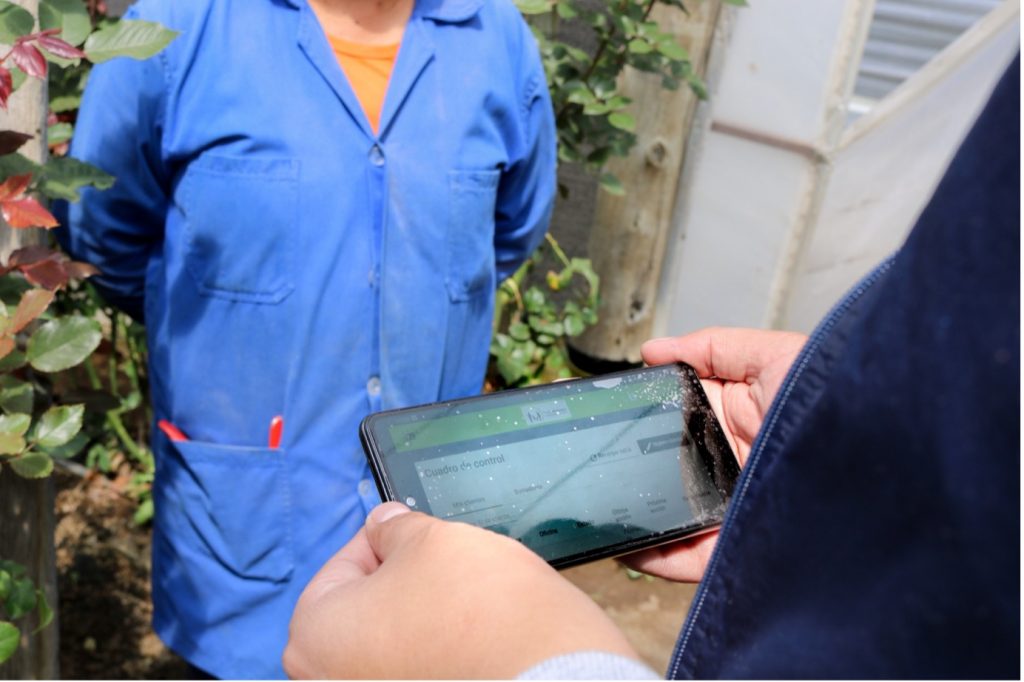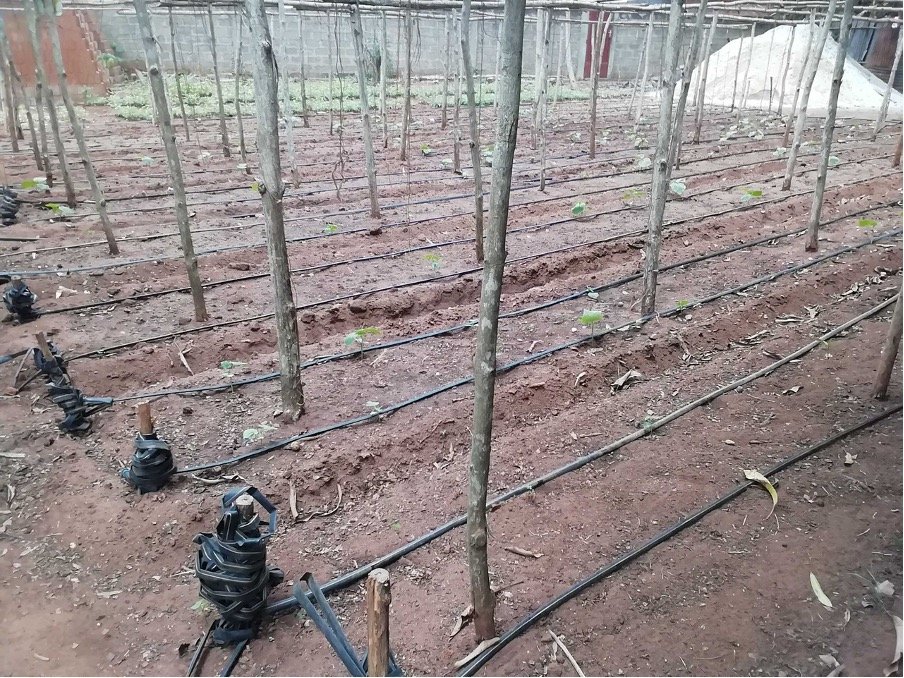By Hannes Gräf, Communication Lead “Scale for Resilience”
The need for increased Resilience in a world characterized by progressing climate change has been understood by most after this record heat summer marked by natural catastrophes around the world. What is not so well known is the fact that we have solutions at hand to effectively improve resilience, especially among the most vulnerable populations. To build up resilience, especially among the most vulnerable to climate change, we need to leverage the power of digital tools for the investment process.
Resilience finance needs to be digital to be operational
Climate change adaptation, the process leading to climate change resilience, is marked by two characteristics: It is complex to assess the involved risks comprehensively, in particular when we think of e.g. agriculture, and it always works in a local context. When calculating these risks, on the local micro-level, digital tools can play their inherent strengths, like facilitating geo-location technology, combining different databases providing structured data on climate risks in given locations, economic activities as well as information on available investment targets (climate solutions) which help to mitigate the existing climate risks and build up resilience. To cater to the local effects of adaptation, the information on climate solutions needs to be adjustable and combined with the coping strategies which are potentially already in place. For this, information gathering on the ground is a prerequisite.

To facilitate the processing of this multitude of information during everyday operations, it is imperative to leverage digital tools. We simply don’t have other ways of processing such an amount of information in a reliable manner. And we only spoke about the assessment of climate risks and potential coping strategies.

When connecting resilience with the financing thereof, another crucial factor comes on top: the information on climate risks as well as how they are supposed to be addressed needs to be transparently available for all investment decisions on the ground. Then investors further up the financial value chain can make informed decisions on where to invest and which risks they are taking when doing so – but also which impact in building resilience they can expect. Only this way greenwashing can be excluded, and investments channeled where they create the intended impact. Digital monitoring, reporting and verification tools provide the answer here, supporting the development of triple-bottom-line portfolios.
Scale for Resilience
Promoting the use of resilience finance through digital tools is one part of the raison d’être of Scale for Resilience. The initiative founded by impact-driven German fintech YAPU Solutions, Spanish impact investor GAWA Capital and renowned research organization CIAT, pledges to make 3.000.000 smallholder farmers and rural communities more resilient by providing access to finance to nature-based solutions. To do so, Scale for Resilience addresses the full financial value chain, from Financial Service Providers to Investors. As outlined the use of digital tools is one crucial component thereof. However, a second goal of the initiative is to create the conditions for increased offers of resilience finance.

One component to achieve this is e.g. a comprehensive taxonomy of investments targets Financial Service providers can leverage to build green credit products geared at creating resilience. These can be nature-based solutions mostly relevant to smallholder finance, but the taxonomy captures much more targets also relevant to housing and energy finance as well as SME finance. Such a taxonomy, integrated into digital tools, like the YAPU platform, holds the potential to effectively close the existing financing gap for resilience by channeling investments to where they are they are having the biggest impact – among the most vulnerable to climate change in rural, but also urban and peri-urban areas in the global South.
Public and private investors: collaboration is key
A crucial point that needs to be understood by public and private investors alike is that the solutions to drive investment into the resilience of the most vulnerable do exist. When public investors provide catalytic capital, private investments can be attracted by a factor of 1:4 and more. What is needed to drive these blended finance solutions is a mandatory request for digital monitoring, reporting and verification (MRV) tools by public investors as well as the readiness to provide catalytic capital to incentivize further investments by private investors. Private investors on the other hand can drive this approach by including digital MRV tools themselves (and requesting their usage by their investees) as well as increasing their investments into resilience. This way systemic transparency can be increased, and resilient portfolios developed. As a result, digital resilience finance can become a crucial part of the puzzle to fill the investment gap into resilience effectively – for the most vulnerable and beyond.

